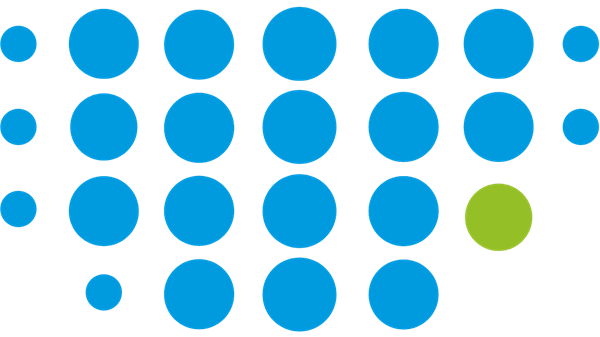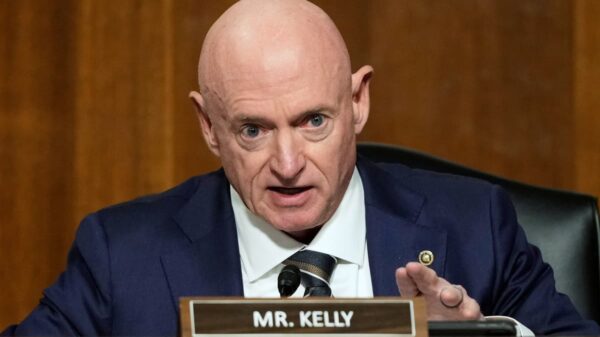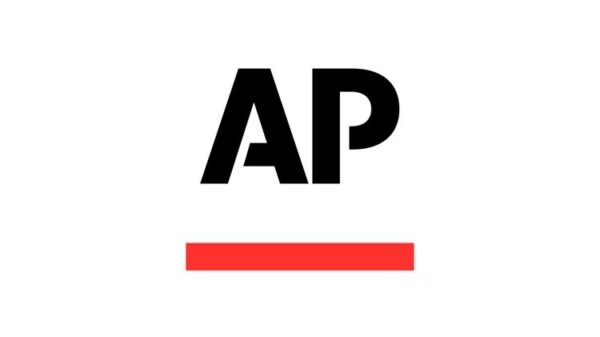Germany’s economy reported a stagnant growth rate of 0.0% for the third quarter of 2023, matching the initial preliminary estimate. This lack of growth raises concerns about the future trajectory of Europe’s largest economy as it faces persistent price pressures and the looming threat of stagflation.
The stagnation reflects a broader economic slowdown in Germany, characterized by a combination of high inflation and stagnant output. Analysts are increasingly worried about the implications of these trends as the country heads into the final months of the year.
Economic Context and Implications
The German economy, a key engine for the European Union, has been grappling with numerous challenges. Stubborn inflation rates are complicating the economic landscape. The harmonized index of consumer prices has remained elevated, putting pressure on household spending and business investments.
Experts warn that if these conditions persist, Germany may face a prolonged period of stagflation, where inflation remains high while economic growth stagnates. Such a scenario could lead to significant repercussions not only for Germany but for the broader European economy as well.
Economic indicators suggest that consumer confidence is waning, with households tightening their budgets amid rising costs. Businesses, too, are feeling the pinch, and many are cautious about making new investments. As a result, the outlook for the remainder of 2023 and into 2024 appears increasingly uncertain.
Future Outlook
Looking ahead, policymakers and economists will closely monitor the situation. The European Central Bank’s decisions on interest rates may play a crucial role in shaping the economic environment. If inflation continues to outpace wage growth, consumer spending could further decline, exacerbating the economic slowdown.
The challenges confronting Germany’s economy underscore the importance of strategic measures to stimulate growth while managing inflation. As the country navigates this complex landscape, the potential for both short-term and long-term economic impacts remains a critical focus for government officials and economic analysts alike.
In conclusion, Germany’s stagnant GDP in the third quarter is a warning signal for the economy. Stakeholders within the region will need to adapt swiftly to the evolving economic conditions to mitigate risks associated with stagnation and inflation as the new year approaches.






































































